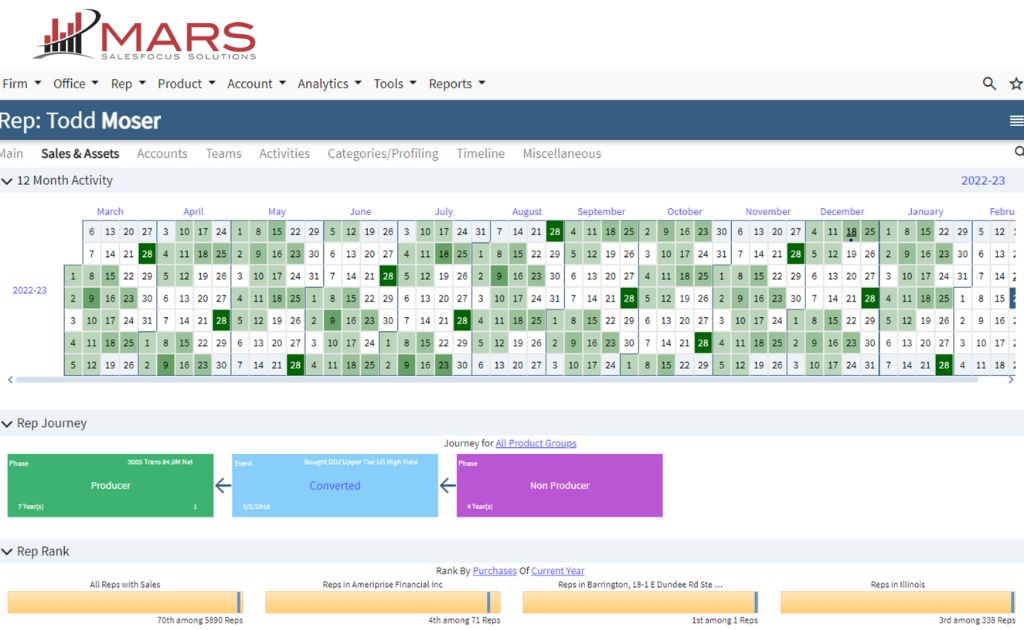In Part 1 we talked about the WHO of your sales performance – how sales analytics reveals the buyers and sellers. Here we examine the WHY. Why have buyers been buying and why have the best producers been outperforming? You can’t know the value of your sales and marketing campaign strategies unless you can see what has worked and what has not. Comprehensive sales analytics can reveal WHY specific sales inflows occur. What tactics, messaging, targeting or outside events have positively or negatively affected your sales performance? Your sales data has the answers. Advanced sales analytics capability leverages your data to show your sales team which avenues to double down on and which to abandon.
There are seven things your sales data could be telling you. Where your marketing has worked is an important one. Sales analytics can reveal the winners and losers among your campaigns.

What’s been working?
It’s critical to your continued success that you know which of the tactics, messaging and targeting activities that you’ve employed have enhanced sales, which have had little to no effect and which have actually hindered sales performance. If your sales analytics can correlate certain sales inflows to certain elements of your marketing campaigns you can know where you should redouble your efforts. Did you receive some positive publicity that boosted sales? Are specific reps responsible for the lion’s share of your sales? Do certain regions, demographics or time periods correlate to increased or decreased sales?
Your sales analytics can reveal not only the reasons for your inflows but, just as importantly, which inflows might be at risk. You can only act proactively to protect your strongest sources of sales if sales analytics can show the inflows which might be in jeopardy.
Sales Analytics at the Center of Sales Strategy
Sales strategy is governed largely by the experience of the sales team. Experience is the best guide in driving performance in sales strategy. But only if the general experience of the sales team is informed by the specific experience of particular marketing campaigns, as illuminated by granular sales analytics, the sales team is in a position to test and evaluate novel sales approaches and pursue only the ones proven to be the most effective.
Sales analytics, based on optimized data, will tell you:
- Which messages resonated with buyers
- Which news items had a positive or negative effect
- Which targeting got the best results
- Which strategies are worth repeating
Constant testing, evaluating and refining of sales efforts to maximize performance is only possible with optimized data and a sales analytics capability that provides the visibility you need.
By identifying what campaigns are working through detailed sales analytics, teams better understand their market. Better campaigns can be designed and tested and a virtuous circle of sales performance excellence can be maintained. At the heart of this is your sales data. The better it is collected, enhanced, curated and reported the better your sales analytics can drive performance.
In Part 3 we will look at the question: “How are different sales channels behaving differently?”




